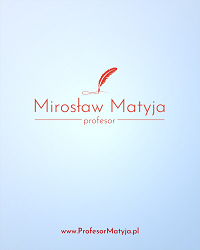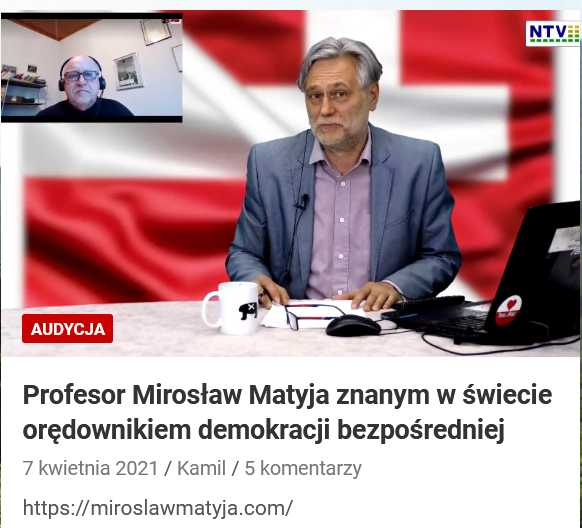Local-Social Wisdom in the Nyadran Tradition as a Means of Gathering
Abstract
Since ancient times the Javanese people have been familiar with the belief system. Before Islam came the beliefs of Animism and dynamism as well as Hindu and Buddhist religions had already developed in Javanese society. Islam is accepted in Javanese society with youth and peace, because preachers have a high tolerance for Javanese culture. One of the forms of cultural acculturation or inherent in the soul of Javanese society is the Nyadran tradition. The Nyadran tradition is a symbolic ritual that is full of meaning Nyadran traditional ceremony includes partially oral folklore because in it there is a form of oral fochlor, namely the prayers used in the ceremony and there is also a form of non-verbal folklore in the form of uba rampe in the ceremony. In socio-cultural terms, the implementation of nyadran tardisi is not only limited to ceremonial cleaning of ancestral burials , salvation (kenduri), making apem cakes, compote, sticky rice, and various snacks from the market which are used as elements of "offerings" as well as being a prerequisite for the ritual prayer procession. However, the nyadran ritual in a socio-cultural context has also become a medium of friendship between families and communities, as well as a social, cultural and religious transformation. Nyadran is an expression and expression of social piety in a society where a sense of mutual cooperation, solidarity, and togetherness is the main pattern of this tradition.
Keywords
Full Text:
PDFReferences
Alfian, Magdalia. (2013). “Potensi Kearifan lokal dalam Pembentukan Jati Diri dan Karakter Bangsa”. Prosiding The 5 thn ICSSIS; “Ethnicity and Globalization”.
Amin, Darori. (2000). “Islam dan Kebudayaan Jawa”. Yogyakarta: Gama Media.
Febrianto, E.G., Djono and Sudiyanto. (2020). The Existence of Jaranan Pogogan in Sugihwaras, Prambon, Nganjuk, Indonesia. Budapest International Research and Critics in Linguistics and Education (BirLE) Journal Vol 3 (2): 773-776.
Frince S. M., and Tambunan, M.A. (2020). The Development of Teaching Materials Based on Local Assistance in the Appreciation Materials of Indonesian Education Students UHKBPNP. Budapest International Research and Critics in Linguistics and Education (BirLE) Journal Vol 3 (4): 1719-1725.
Geertz, Clifford. (1983). “Abangan, Santri, PriyayidalamMasyarakatJawa”. Jakarta:Pustaka Jaya
Ghazalba, Sidi, (1986). “PengantarKebudayaanSebagaiIlmu”. Yogyakarta: Pustaka Antara
Handayani,(1995).“Fungsi Upacara Tradisional Bagi Masyarakat Pendukungnya Masa Kini”. Jakarta : Depdikbud
Hasana, Hasyim. (2016). “Implikasi Psiko-Sosio-Religius Tradisi Nyadran Warga Kedung Ombo Zaman Orde Baru (Tinjauan Filsafat Sejarah Pragmatis)”. Wahana Akademika: UIN Walisongo Semarang. Vol.2.
Herusatoto, Budiono. (2000). “Simbolisme dalam Budaya Jawa”. Yogyakarta: Hadindita.
Koentjaraningrat. (1990). “Pengantar Ilmu Antropologi. Jakarta: Rineka Cipta”. Hal. 203-204.
Koentjaraningrat. (2000). “Kebudayaan Mentalitas dan Pembangunan”. Jakarta: Aksara Baru.
Muhammad Damami. (2002). “Makna Agama dalamMasyarakatJawa”. Yogyakarta:LESFI.
Pujileksono, Sugeng. (2006. “Petualangan Antropologi: Sebuah Pengantar Ilmu Antropologi”. Malang: UMM Press.
Purwadi. (2009). “Sejarah Walisongo”. Yogyakarta: Ragam Media.
Purwadi. (2005). “Budi Pekerti Jawa: Tuntutan Nilai Luhur Budaya Adilihung”. Yogyakarta: Pustaka Pelajar.
Riyadi, Agus. (2017). “Kearifan Lokal Tradisi Nyadran Lintas Agama Di Desa Kayen Juwangi Kabupaten Boyolali”. Jurnal Smart: UIN Walisongo Semarang. Vol. 3.
Simuh. (1988). “Mistik Islam Kejawen Raden Ngabehi Rangga Warsito: Studi Terhadap Serat Wirid Hidayat Jati”. Jakarta: UI Press.
Situmorang, Rospita Odorlina P dan Simanjuntak, Elvina R. (2015). Kearifan Lokal Pengelolaan Hutan oleh Masyarakat Sekitar Kawasan Taman Wisata Alam Sicike-cike Sumatera Utara. Balai Penelitian Kehutanan Aek Nauli. Sumatera Utara
Suyutno, Widiyanto Tri. (2007).“Jalan Membebaskan Leluhur dari Alam Menderita”. Yogyakarta: Vihara Karangjati.
Wibowo, Agus. (2015). Pendidikan Karakter Berbasis Kearifan Lokal di Sekolah. Yogyakarta: Pustaka Pelajar.
Zoetmulter. (1983). “Kalangwan: Sastra Jawa Kuna Selayang Padang”. Jakarta: Djambatan.
DOI: https://doi.org/10.33258/birle.v4i2.1862
DOI (PDF): https://doi.org/10.33258/birle.v4i2.1862.g2283
Article Metrics
Abstract view : 237 timesPDF - 148 times
Refbacks
- There are currently no refbacks.

This work is licensed under a Creative Commons Attribution-ShareAlike 4.0 International License.

This work is licensed under a Creative Commons Attribution-ShareAlike 4.0 International License

_.gif)



















_.gif)



